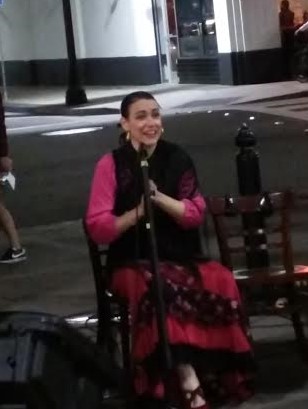
When it ended, we all looked at each other with gratitude. We dancers enjoyed the guitarist's playing, and he in turn, thanked us for giving him the support he needed to try the new material. These moments, where improvisation and collaboration meet smoothly, can only come from one thing--years and years of dedicated study. These instances are moments when I feel pride for coming as far as I've come and gratitude for having the fortune to be a Flamenca in this lifetime. I believe I live a very beautiful and privileged life.
Those years of practice have been a gift to myself, and I have often reflected on how I am sharing my gift with students and audiences, but I'd like to offer another thought. For us artists, our years of study are a gift to our colleagues as well. If you've been dancing, singing, or playing for a long time, you know how wonderful it is to work with a full ensemble of performers who are bringing their all to the collaboration. There's nothing like it.
Often, we artists focus on our practice in order to prove something--to be the best, to dazzle, to get as much work as possible. All of these things are important, but I'd like to propose a new consideration. I'd like to suggest that we make our study and practice an act of service: service to our students and the audiences who come to see us, service to the venues and customers who pay us, but also it is a service to our colleagues. The more work we do to hone our craft, the easier we make it for everyone with whom we share the stage. Doing this shows a sign of respect and reverence for our craft and for each other.
When you come to work from this place, the place of reverence and service, the music flows beautifully and you all experience that sense of joy and gratitude and isn't that ultimately what work and life should be about?
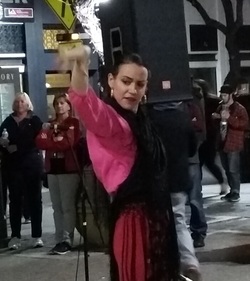
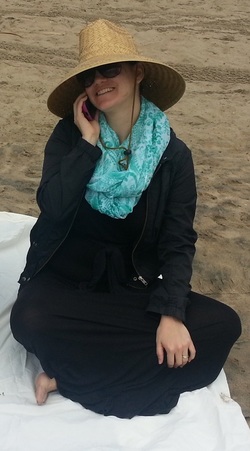
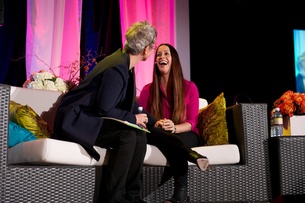
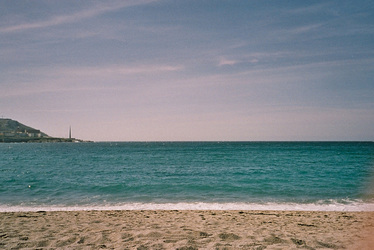
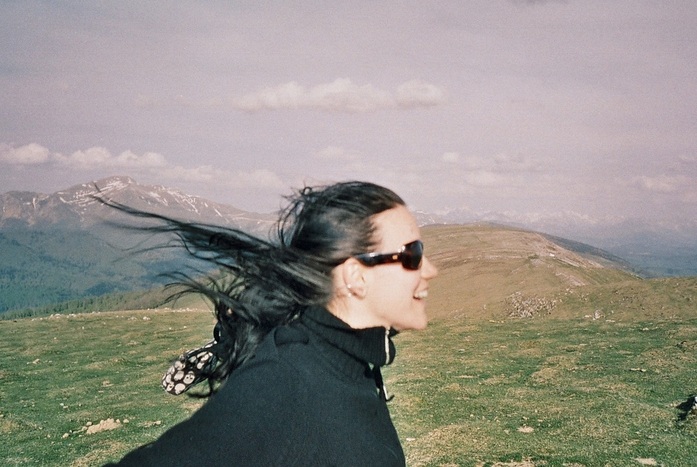
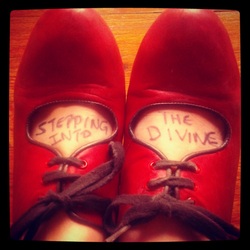
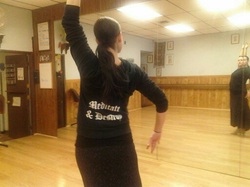
 RSS Feed
RSS Feed
